Their Story – Inside the minds of some promising Indian e-commerce entrepreneurs!
Paytm: The journey of Paytm and Vijay Shekhar Sharma has been quite eventful. ‘Paytmkaro’ is a word now being used by the masses and its logo is now every
- by B2B Desk 2016-12-21 10:45:50
In a lay man’s language, e-commerce is a strategy of buying and selling of goods over the Internet without retail outlets and middlemen. It conquered the limitation of distance and time for buyers by creating a virtual space and now there is no looking back. In comparison to a retail store, it involves a low cost as it doesn’t require a physical place to display products, no sales force required, no huge maintenance costs to pay, etc. These costs further get adjusted in raising your margins on sales and thus satisfied base of customers. While a lot of start-up’s have also failed or just survived, many start-up’s have made their names and great stories for everyone to learn from.
Paytm: The journey of Paytm and Vijay Shekhar Sharma has been quite eventful. ‘Paytmkaro’ is a word now being used by the masses and its logo is now everywhere. Paytm whose current value is a little over $3 billion in the market in 2016, it was a dream dreamt when he was struggling to make ends meet with Rs 10 in pocket. Vijay Shekhar tasted victory the hard way and nothing came easy for him. Things took a better turn when he began One97, the parent company of Paytm. They started experimenting with the three basics of the internet- content, advertising and commerce, but the big eureka moment came in 2011 when he first pitched the idea of entering the payment ecosystem in front of his board. There were objections from the company board as they were concerned about the non-existent smartphone market, but he was confident. When he started building Paytm, the only motive was that India needed mobile payments. He felt that India has been successful in cash economy for a number of years now. In an interview, he shared that we have changed the company four times—from a content company to payment company to commerce to a payment bank company.
Today Paytm is doing more than five million transactions a day. Having done 6 investmnets in 5 companies, Paytm ha shad 3 funding rounds of $ 740 Million. Paytm claims to have registered a 700% increase in overall traffic and 1,000% growth in the value of money added to Paytm accounts. The company, which was expecting to achieve a billion dollar in GMV (gross merchandise value) by 2020, now expects to achieve that by March owing to demonetization. Vijay Shekhar Sharma is one of the 11 recipients of the payment bank licence RBI gave out earlier this year. Vijay Sharma has shared that even before they began the roll-out the internet wallet services, they first built a strong 24x7 customer care service to address the worries of customers to enable them to trust the wallet enough to put their money into the hands of the unknown. Almost 30% of the company's campaign budget is invested in building trust with the customer as it was the single most important factor.
Flipkart- Founded by Sachin Bansal and Binny Bansal in 2007 when there were around 10 to 12 existing e-commerce portals in India. There was a lot of constraint when it came to selling as they were only a two man army and started with selling of books online. As on date Fipkart has 12 funding rounds of $3.15 Billion and 9 investments in 8 Companies
Keeping their initial investments low, price and selection were certainly not differentiators for them but customer service was. They understood it very early that the Indian market lacked “customer service” and that is why they chose to work very closely with their distributors and logistic partners to improve their systems. Using their 24*7 helpline i.e. their phone; the customer queries addressed timely. So though the initial capital was low but their expertise and clear focus on customer satisfaction helped them to be a $15 billion company as on date. Keeping the books as the base category, the clear focus was to first make it significant in this category. Later on, this path to market leadership further let them reach to their first investor. To reach to more customers they followed the strategy of customer service as 1 satisfied customer brings in 10 other customers and this has worked beautifully for them. When they entered the market, the e-commerce space was immature and the service was not great. Adding multiple payment options to ease the buying process, Flipkart toady almost sells 30-35 products per minute. Keeping the customer well informed throughout the process is their USP. Another major turning point in their business was their merger with Mynta which proved to be a win-win deal for both. Having around 75 million users and a $13 billion valuation, the great minds behind Flipkart have made to the “TITAN” section of the Time magazine’s list of 100 most influential people in the world.
Ola: While chasing their dream of entrepreneurship, both Bhavish Aggarwal and Ankit Bhati had a prior work experience. Bhavesh while trying to keep his holiday and tour planning business afloat, realized how his plight was probably similar to a lot of customers across the country who were looking for a quality cab service. Looking at the potential that an extraordinary cab booking service could have ended up to what we know today as Ola Cabs. With a total equity funding of $1.23Billion in 8 Rounds from 20 Investors the last investment was $57.3M by Vanguard.
OlaCabs partnered with a number of Taxi Drivers, and added a touch of modern technology where people could book cars at short notice through their call centers and from their app. Today ola has users across 102 cities who can conveniently book from over 450,000 vehicles available in the form of Mini, Prime, Luxury which can be paid for through on of the different modes available. As on date Ola is charging lesser than an average auto rickshaw’ by offering cabs at ridiculously cheap prices. The founders have shared that they devote a lot of time to hire the right people.
Grofers: which is a hyper-local logistics company that connects consumers with their local retailers was formed to improve the experience of ordering from your local stores. With a vision of organizing this market Grofers originated from a good understanding of the local market and what users require. Albinder Dhindsa, Co-founder of Grofers tapped on the local retail market. Grofers as on date has a total equity funding of $165.5 Million in 4 funding rounds from 5 Investors. With initial hurdles like convincing consumers up front of their value Grofers built their delivery network by tying up with over 150 stores.
To match up with the competition Grofers not only scrapped its app-only model and launched a website; it has also quietly revamped its business strategy and operation processes. As om date Grofers claims to deliver around 13,000 orders per day in 18 cities including Delhi, Ludhiana, Mumbai, Chandigarh, and Kolkata. It also claims that the average order size has grown from Rs 600 to more than Rs 1,000 in the last year.
Ratan Tata once quoted, “I don’t believe in taking right decisions. I take decisions and then make them right”. The success stories of these most talked about start-ups was also about making their decisions right. The right mindset, a long term vision, strong management and learning from your mistakes have made these start-ups as success stories. To be ahead, first get started and you will soon be an inspiration for many!
POPULAR POSTS
Pine Labs IPO 2025: Listing Date, Grey Market Premium, and Expert Outlook
by Shan, 2025-11-05 09:57:07
India’s Largest Unicorn Startups in 2025: Rankings, Valuations, and Trends
by Shan, 2025-09-18 10:32:48
Swiggy Launches Toing App in Pune to Serve Affordable Food Delivery — What It Means for the Market
by Shan, 2025-09-16 12:29:08
Trending Startup Ideas for 2025: Where Innovation Meets Opportunity
by Shan, 2025-09-05 11:56:43
19 Best Business Ideas to Start in India 2025: From Low Investment to High Demand
by Shan, 2025-09-03 10:58:15
Razorpay Business Model Explained: How the Fintech Giant Makes Money in India
by Shan, 2025-08-05 12:10:28
How CRED Reimagined Credit Card Rewards into a Billion-Dollar Fintech Empire
by Shan, 2025-08-04 12:28:03
RECENTLY PUBLISHED
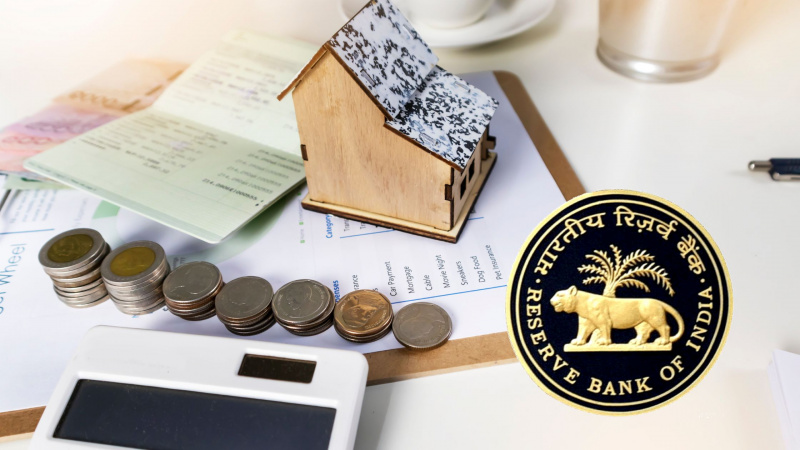
Loan EMIs to Drop as RBI Slashes Repo Rate - Full MPC December 2025 Highlights
- by Shan, 2025-12-05 11:49:44

The Agentic Revolution: Why Salesforce Is Betting Its Future on AI Agents
- by Shan, 2025-11-05 10:29:23

Top 10 Insurance Companies in India 2026: Life, Health, and General Insurance Leaders Explained
- by Shan, 2025-10-30 10:06:42
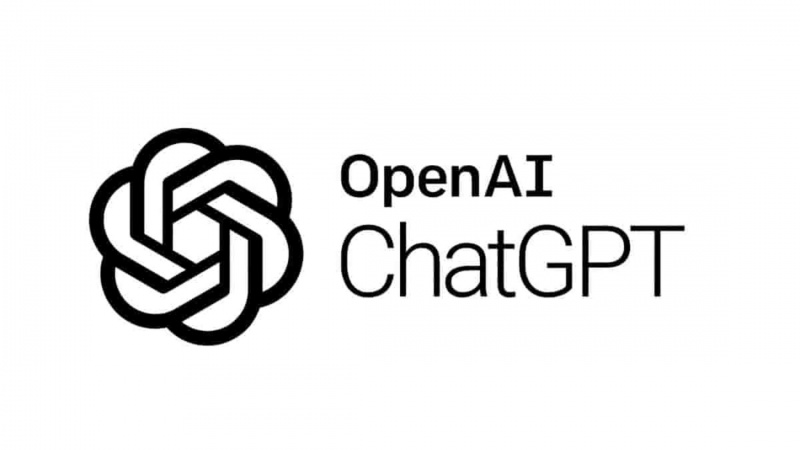
OpenAI Offers ChatGPT Go Free in India: What’s Behind This Big AI Giveaway?
- by Shan, 2025-10-28 12:19:11

Best Silver Investment Platforms for 2025: From CFDs to Digital Vaults Explained
- by Shan, 2025-10-23 12:22:46


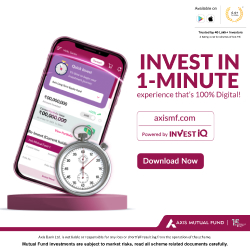
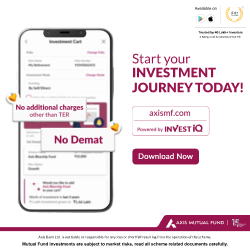
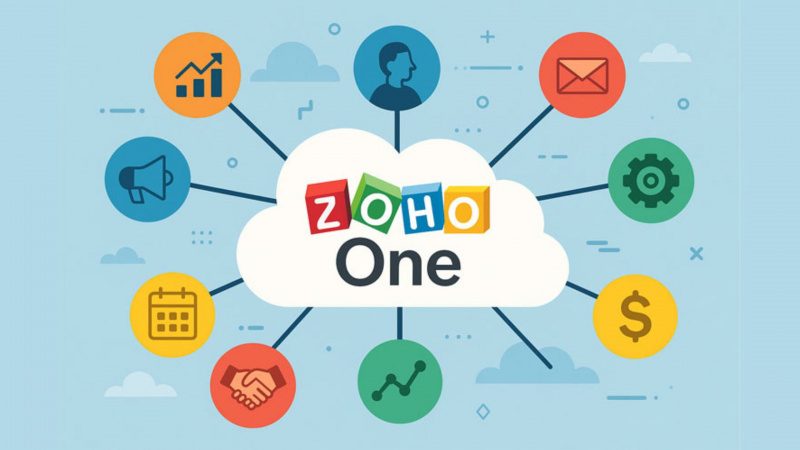
 Subscribe now
Subscribe now 